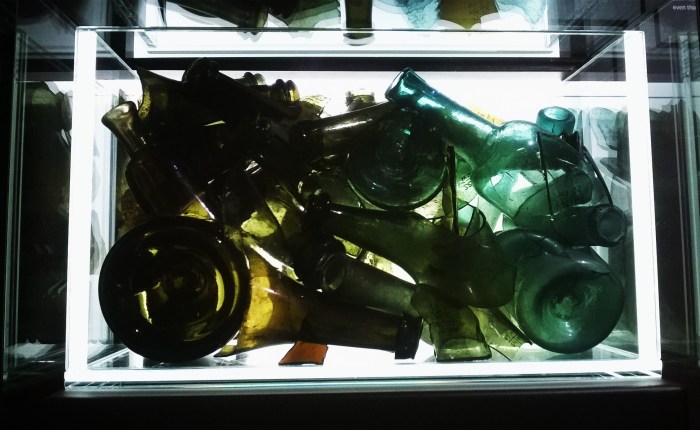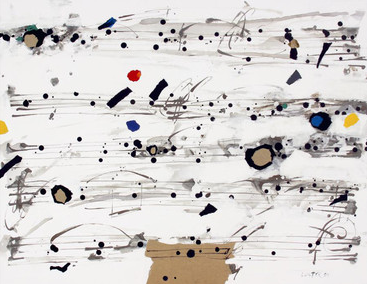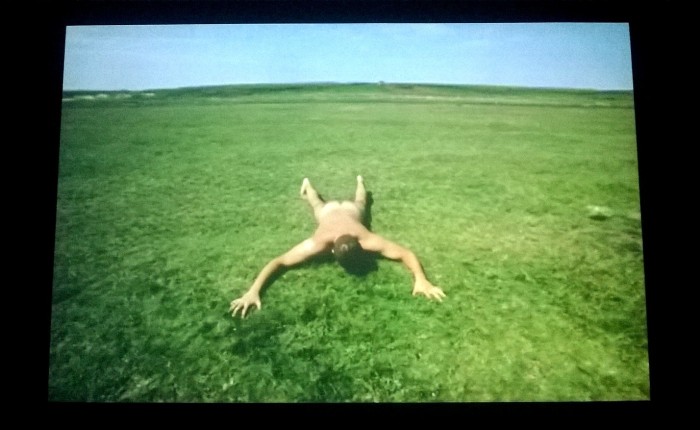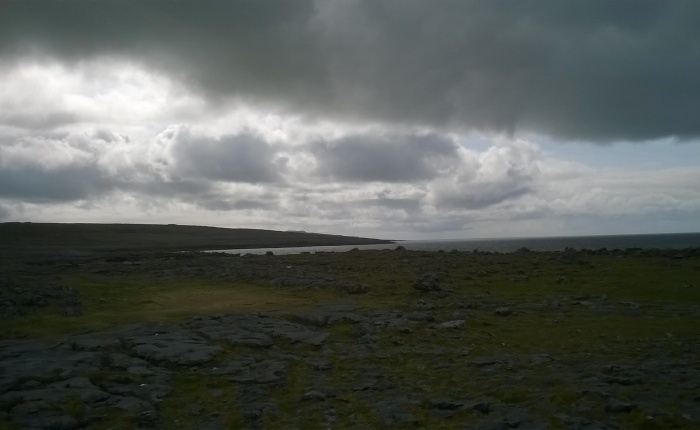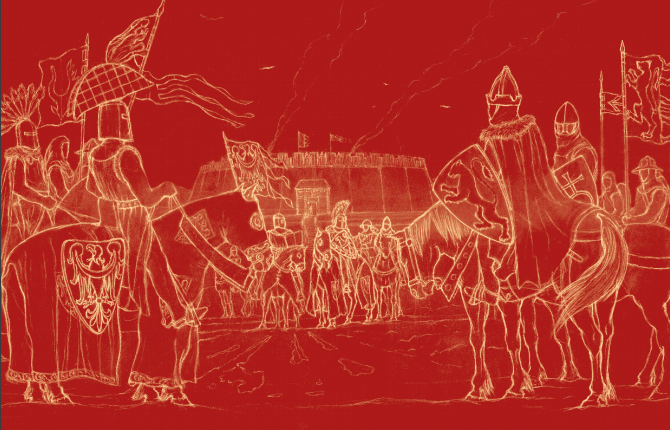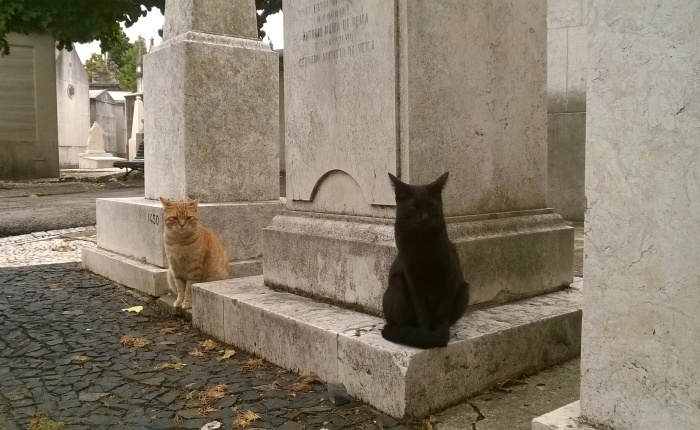Jarosław Trybuś
The holdings of the Museum of Warsaw, which opened its doors in 1936, currently comprise over 300,000 objects related to the history of Warsaw – everyday things and ceremonial items, works of art and objects of convenience, mementos of people and of events. Our team of curators has spent 4 years selecting and showcasing 7,352 of them. We have assorted them into 21 themed rooms.
The museum objects are witnesses and participants in the history of the city. We have striven to create conditions for a close encounter with them. They often provide a pretext for telling the stories of their owners and makers or relating ground-breaking events and long-term developments. Apart from things, the exhibition features a separate section providing data that allows one to put the city’s complex history in perspective. Continue reading “THE THINGS OF WARSAW – biography of things, biography of the city”
